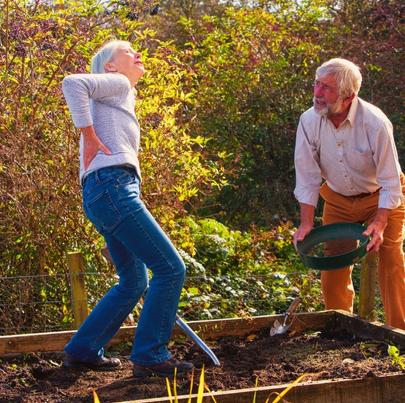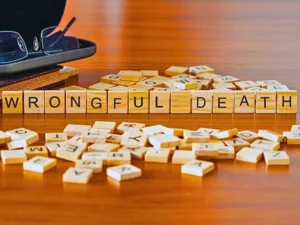Approximately 13,000 landscapers are injured on the job each year. Individuals working in horticulture and landscaping face a number of risks on the job including slips and falls, electrocution, amputation, hearing loss, and exposure to the elements. Nationwide, there are approximately 900,000 landscape workers. This represents roughly 1% of the total workforce, yet landscapers account for 3.5% of all work-related fatalities. When a landscaping professional is injured or killed, liability can be assigned to the property owner, the employer, or the manufacturer of the equipment that caused the injury.

Hazards Inherent to Landscaping
The environment landscapers work within and the tools required to complete the job present a number of risks. These include:
Electrocution – Landscapers can make contact with overhead power lines while trimming trees or hedges. In fact, 75% of all landscaping fatalities stem from tree trimming and many of these are directly attributed to such events. In addition to the threat from above, landscapers face considerable risk from both marked and unmarked underground cables. The sharp points of metal shovels, backhoes, etc. can dig into unmarked live cables and create an instant shock. Similarly, workers standing on wet ground can become electrocuted when an exposed wire conducts the current through the water or soil.
Hearing Loss – Landscapers utilizing chainsaws, wood chippers, trenching machines, lawn mowers, leaf blowers, weed whackers, etc. can lose their sense of hearing. Workers who are not provided with adequate hearing protection may not discover noise-induced hearing loss until many months, or more commonly, many years after the injury has taken place.
Exposure to the Elements – Exposure to extreme heat can lead to heat exhaustion, while exposure to extreme cold can lead to frostbite. While both conditions are rarely fatal if treated promptly, both can lead to secondary injuries that can be fatal. For example, an employee suffering heat exhaustion or frostbite can lose focus and their balance which leads to them tumbling off of a ladder or rooftop.
Amputation – Amputation is an ever-present risk when working in close proximity to the rotating blades of lawn mowers and wood chippers or the heavy treads of trenchers and backhoes. Landscapers using these tools can become entangled in this equipment or trapped beneath moving machinery. Both situations can lead to either instant amputation or cause such damage to hands, feet, arms, and legs that the limb needs to be surgically amputated to save the landscaper’s life.
Chemical Exposure – Landscapers working with pesticides, herbicides, fuel, and fertilizers are at considerable risk of toxic exposure. These occupational exposures can be singular, such as a significant spill, or cumulative over the course of a season or entire career.
Overexertion/Ergonomic Injuries – Overexertion can happen when a landscaper is tasked with lifting heavy objects such as stones, pavers, bags of fertilizer, etc. These sudden-onset injuries are easier to identify than long-term cumulative injuries caused from repetitive tasks from lifting, bending, twisting, etc.
Liability for Landscaping Injuries
Assigning liability for a landscaper’s injuries depends on the underlying factors and circumstances that led to the injury. A Chicago work injury lawyer can help investigate and determine all the relevant factors and pursue liability claims against the party or parties responsible. These may include:
Property Owners – Property owners can be held liable for work injuries under the doctrine of premises liability. For example, if the property owner deliberately removes or relocates flags marking underground power lines, or if the property owner fails to inform the landscaper of known damage to underground cables, sprinkler systems, septic systems, etc.
Employers – Employers can be held liable for failing to provide sufficient training and supervision to their landscaping personnel. For example, if an employer asks a new hire to use equipment they are unqualified or untrained to operate such as a trencher, wood chipper, aerial lift, etc. Employers may also be held liable for failing to provide adequate safety gear including goggles, hearing protection, etc., or failing to properly maintain and service equipment.
Equipment Manufacturers – Equipment manufacturers may be held liable for work-related injuries caused by equipment that malfunctions due to design defects or poor construction. For example, if the manufacturer of a lawn mower uses a substandard bolt or nut to secure the spinning blade of the mower which causes it to fail and strike the operator.
Documenting Injuries
Landscapers who are injured should work closely with a work injury attorney to ensure that their claim is properly documented and recorded. Photographs, records of medical appointments, eyewitness statements, and accident reports can establish the root cause of the injury and the impact it has had on the individual’s ability to work and quality of life. Individuals may file workers’ compensation claims in Illinois up to two years after the last payment from their employer or up to three years from the date the injury took place.






